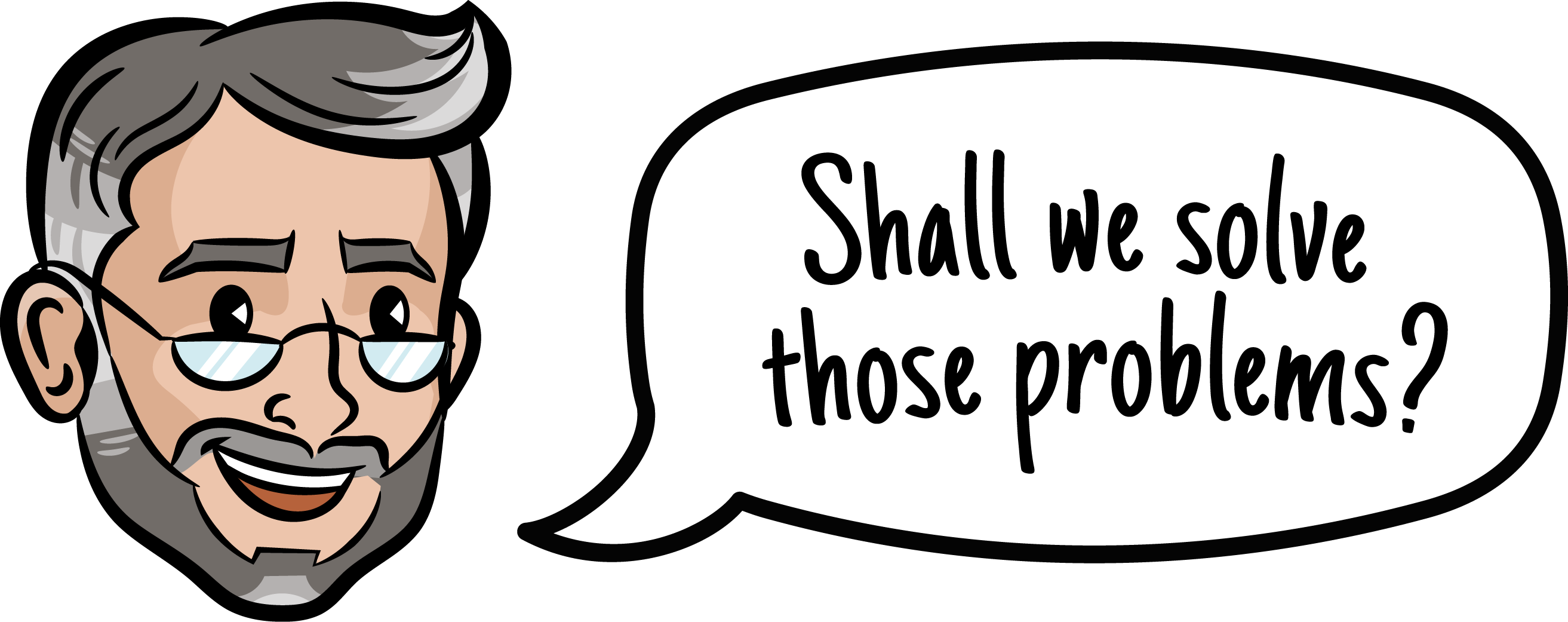Table of Contents
Understanding Geofencing: Precision Targeting for Modern Marketing
Geofencing vs. Geotargeting: A Critical Distinction
How Geofencing Technology Works
Strategic Advantages of Implementing Geofencing
Diverse Geofencing Use Cases
Developing a Comprehensive Geofencing Marketing Strategy
Addressing Challenges and Critical Considerations
Measuring Geofencing Campaign Performance and ROI
Why Geofencing is Becoming Essential for Hyper-Local Engagement
Useful Related Posts from Sales Funnel Professor
Understanding Geofencing: Precision Targeting for Modern Marketing
In today’s hyper-connected world, geofencing digital marketing has become a powerful tool for delivering precise, location-based campaigns. Many marketers still rely on broad targeting methods that miss the mark, but geofencing enables you to engage customers exactly when and where it matters most. For marketing leaders, mastering geofencing digital marketing means cutting through the noise with timely, relevant messages that drive real-world action.
Geofencing technology addresses this gap by allowing marketers to create virtual perimeters—“geofences”—around specific physical locations. These can be anything from retail stores and event venues to competitor locations or even transit hubs. When a customer with location-enabled apps crosses into or out of these zones, marketers can trigger personalized, context-aware interactions such as push notifications, mobile ads, or even in-store offers.

The advantage is clear: instead of guessing where your audience might be, geofencing confirms their real-time presence at exact points of interest, enabling marketing that feels highly relevant and timely. For marketing leaders, understanding this technology and its strategic application is essential for cutting through today’s digital clutter and delivering meaningful engagement that drives measurable results.
Geofencing vs. Geotargeting: A Critical Distinction
Understanding the difference between geofencing and geotargeting is foundational for leveraging location-based marketing effectively.
Geotargeting involves segmenting audiences by broad geographic areas such as cities, zip codes, or regions. It relies on less precise data points like IP addresses or user-declared location settings. This method works well for campaigns where reaching a wide, regionally defined audience is sufficient—like advertising a state-wide sale or regional event. However, geotargeting lacks real-time responsiveness and cannot account for user movement or behavior within those broad zones.
Geofencing, on the other hand, offers precision and behavioral context. It allows marketers to define custom virtual boundaries as small as a storefront or as large as a shopping mall, with triggers based on actual device entry, exit, or duration spent inside these boundaries. This capability enables campaigns to deliver hyper-localized, moment-specific messages—engaging customers exactly when they are near your business or competitor.
The strategic difference is that geofencing shifts location-based marketing from static segmentation to dynamic, real-time interaction. For example, a coffee shop using geofencing can send a “morning special” notification only to users currently near the shop, maximizing relevance and conversion potential.
How Geofencing Technology Works
At the heart of geofencing is the capability of mobile devices to determine their location with reasonable accuracy using several technologies:
- GPS (Global Positioning System): Highly accurate outdoors, GPS triangulates a device’s position using satellites. However, it’s less reliable indoors or in dense urban settings with tall buildings.
- Wi-Fi Positioning: Devices scan nearby Wi-Fi networks and match them to known geographic coordinates. This method offers good indoor accuracy and complements GPS.
- Cellular Triangulation: By measuring signals from multiple cell towers, a device’s approximate location can be estimated, providing broad coverage with moderate accuracy and lower battery consumption.
- Bluetooth Beacons: Often used indoors, beacons are small devices placed in physical locations to detect nearby mobile devices via Bluetooth. They enable ultra-precise micro-location targeting within stores or event spaces.
Marketers use platforms with mapping tools to draw virtual fences—circular or polygonal—around chosen locations. When users with relevant apps and granted location permissions cross these boundaries, geofencing platforms trigger configured actions such as push notifications, display ads, or CRM updates.
Background location services are crucial. These allow apps to monitor user location continuously or at intervals, even when not actively in use, ensuring geofence triggers happen at the right moments without user intervention.
Strategic Advantages of Implementing Geofencing
Implementing geofencing into your marketing arsenal offers several transformative advantages:
- Hyper-Local, Real-Time Relevance: Geofencing’s ability to deliver personalized messages precisely when a user is physically near a relevant location significantly boosts engagement and response rates. For example, a retail chain can push flash sale offers exclusively to shoppers currently inside or near its stores.
- Driving Foot Traffic and In-Store Sales: Physical stores, restaurants, car dealerships, and banks benefit enormously by influencing customers who are already in their vicinity. Geofencing can increase walk-ins and conversions through timely offers and reminders.
- Competitive Advantage with Competitive Geofencing: Marketers can define geofences around competitor locations and serve ads enticing competitor customers to switch, offering an effective strategy for poaching market share.
- Enhanced Customer Experience: Delivering timely, context-aware information—such as event schedules, loyalty points reminders, or location-specific product recommendations—creates a seamless customer journey that strengthens brand loyalty.
- Improved Campaign ROI: By narrowing ad delivery to only users physically near points of interest, geofencing reduces wasted impressions, lowers cost per acquisition, and improves marketing spend efficiency.
- Rich Behavioral Data: Aggregated data on foot traffic patterns, dwell time, and visit frequency provide actionable insights to refine marketing, operations, and site selection strategies.
Diverse Geofencing Use Cases
Geofencing’s versatility spans multiple industries and campaign objectives:
- Retail and QSR: Drive store visits with real-time mobile coupons; promote aisle-specific sales; remind loyalty members to earn points; target competitor store visitors with switching incentives; measure digital-to-physical attribution.
- Events and Entertainment: Welcome attendees, deliver up-to-the-minute schedule changes, promote merchandise or concessions as attendees move about, and engage potential attendees around event locations with pre-event marketing.
- Service-Based Businesses: Target customers within service areas for local outreach, promote local branch staff, or engage B2B prospects around business parks and corporate campuses with specialized messaging.
- Real Estate: Notify nearby prospects of open houses or new listings, providing timely digital flyers and agent contacts.
- Automotive: Target users near dealerships or service centers with maintenance reminders, financing offers, or competitor switching incentives.
- Tourism: Engage visitors near landmarks with historical information, guided tours, or special deals for nearby dining and shopping.
- Education: Target prospective students near campuses or fairs with tailored admissions messaging or program information.
Developing a Comprehensive Geofencing Marketing Strategy
A successful geofencing campaign requires careful planning and integration with overall marketing objectives:
- Define Clear Objectives: Whether your goal is to increase store visits by a certain percentage, drive event attendance, or boost loyalty engagement, set measurable targets aligned with broader business goals.
- Identify Target Audiences and Behaviors: Define key segments such as loyal customers, new prospects, or competitor visitors, and determine the behavioral triggers—entry, exit, or dwell time—that will activate your campaigns.
- Define Geofence Boundaries: Carefully select geofence size and shape, balancing precision with coverage. Use circles for simple locations, polygons for complex or irregular areas.
- Choose the Right Technology Platform: Evaluate platforms on location accuracy, scale, analytics capabilities, and integration with CRM, DSPs, and analytics tools.
- Craft Contextual Messaging: Develop personalized, location-aware calls-to-action tailored to user profile and physical context, optimized for mobile devices and delivered via push notifications, SMS, or mobile ads.
- Integrate and Automate: Seamlessly connect geofencing data with your marketing stack for enriched customer profiles, automated campaign triggers, and unified performance analysis.
- Monitor, Optimize, and Scale: Use real-time dashboards to track campaign health, experiment with creative and targeting, adjust budgets, and expand geofencing efforts across locations or campaigns.
Addressing Challenges and Critical Considerations
While the advantages are clear, marketers must navigate challenges carefully:
- Data Privacy and Compliance: Secure explicit user consent, be transparent about data usage, and comply with GDPR, CCPA, and other regulations. Avoid intrusive or irrelevant targeting to maintain trust.
- Location Accuracy and Data Quality: Mitigate inaccuracies from GPS or network limitations by combining multiple data sources and, where possible, using beacons for indoor precision.
- Technical Constraints: Manage device battery usage and ensure reliability across diverse devices and operating systems.
- Ethical Targeting: Avoid geofencing sensitive locations such as hospitals or religious institutions to respect privacy and avoid backlash.
Measuring Geofencing Campaign Performance and ROI
Robust measurement is essential to prove value and guide optimization:
- Key Performance Indicators: Track foot traffic lift, visit and conversion rates, dwell time, cost per visit, sales lift, and engagement with geofence-triggered messages.
- Attribution Models: Use exposure tracking, visit tracking, control groups, and look-back windows to isolate the impact of geofencing on offline visits and sales.
- Data Integration: Combine geofencing metrics with broader marketing analytics for a holistic understanding of campaign effectiveness.
- ROI Calculation: Quantify revenue generated or costs saved relative to campaign spend, using sales data and coupon redemption where applicable.
- Ongoing Optimization: Analyze performance by geofence, test creative variations, refine audience segments, and reallocate budgets to maximize ROI.
Why Geofencing is Becoming Essential for Hyper-Local Engagement
Consumer expectations for relevant, timely interactions continue to rise. Geofencing enables marketers to meet these demands by bridging digital and physical worlds, delivering marketing messages that align precisely with a user’s immediate context.
For marketing leaders, mastering geofencing unlocks new avenues for growth through increased foot traffic, improved conversion rates, and stronger customer loyalty. While challenges around privacy and technical complexity exist, thoughtful strategy and execution transform these into manageable hurdles.

Embracing geofencing means transforming location data into a strategic asset, turning physical presence into actionable insights and meaningful engagement. This capability isn’t just a nice addition—it’s becoming essential for brands aiming to thrive in an increasingly mobile and location-aware marketplace.
Useful Blogs from Sales Funnel Professor
- Scalable Local Marketing Frameworks
A framework for multi-location businesses to balance brand consistency with local marketing. Focuses on local SEO, geo-targeted campaigns, reputation, and operational tools. - Growth Consulting Guide for Sales & Marketing Leaders
Explores how growth consulting helps accelerate revenue by providing expert analysis and strategic advice for sales and marketing teams. - Customer Data Segmentation: A Growth Catalyst for Marketers
An overview of segmenting customers by behavior and traits to tailor marketing strategies, with insights on AI-driven future trends. - Funnel Building Skills for Sales and Marketing Teams
Is your team busy but not closing enough deals? Discover the funnel building skills needed to align marketing and sales, reduce friction, and drive growth.
Useful Blogs from Sales Funnel Professor
- Display Advertising Networks Definition
Discover what display advertising networks are, how they work, and why they’re essential for scalable, targeted, and cost-effective digital marketing campaigns. - Geomarketing Definition
Defines geomarketing and explains how location data enhances campaign relevance by reaching the right audience at the right time.


